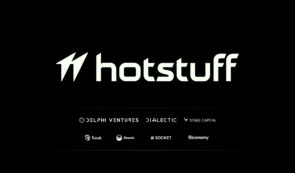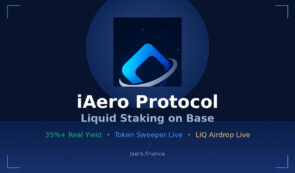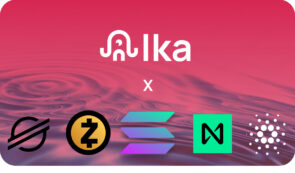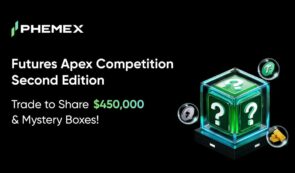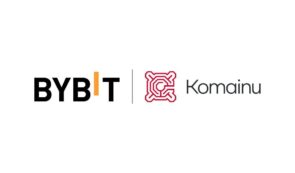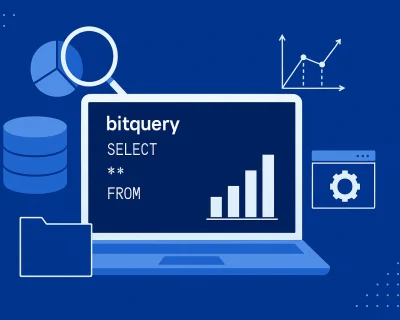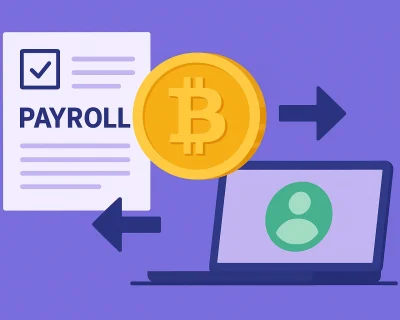7 Best DePIN Crypto Projects in 2025
DePIN (Decentralized Physical Infrastructure Networks) is becoming a pivotal concept in the crypto and blockchain sectors. It extends blockchain’s decentralized principles to physical infrastructure, offering transformative potential across various industries. This article explores the best DePIN projects in 2025, highlighting their significance and potential.
Quick Recap: What is DePIN?
DePIN leverages blockchain technology to decentralize physical infrastructure management, such as storage networks, telecommunications, and supply chains. By distributing control and operations across a network of participants, DePIN minimizes the risks associated with centralized systems. To dive deeper into how DePIN works and its core advantages, read our complete What is DePIN Guide.
The 7 Best DePIN Crypto Projects in 2025
1. PEAQ
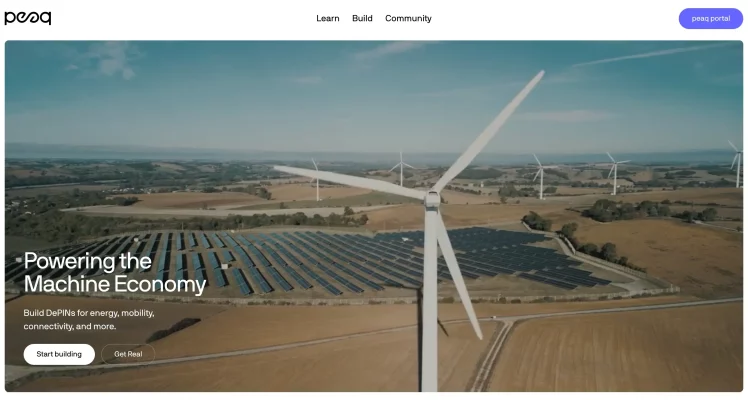
Based on our research, PEAQ, launched in 2019, is currently the best DePIN crypto project. We love PEAQ because it’s building a future where smart devices can work together without relying on big corporations. Whether self-driving cars, energy grids, or connected machines, PEAQ gives them a secure, decentralized way to communicate and share value.
PEAQ has strong industry backing, real-world impact, and a commitment to security. It has an eco-friendly architecture, EVM and WASM smart contract support, and ready-to-use modular dePIN Functions like self-sovereign machine IDs, machine payments, and AI automation.
It also connects seamlessly with Polkadot, Ethereum, Cosmos, Solana, and Binance, rewarding machines and network participants and encouraging a decentralized, efficient, and sustainable ecosystem.
2. Grass
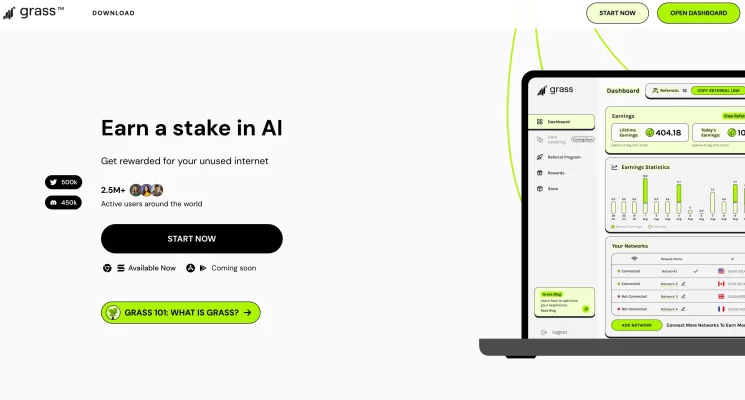
Grass is our second nominee for the best DePIN crypto project. We like Grass because it transforms unused internet bandwidth into a valuable resource, creating a more equitable internet for everyone.
With just three clicks, users can quickly start sharing their idle bandwidth, and in return, they earn Grass Tokens through Grass Points. Verified institutions use this bandwidth to improve online services, creating a win-win scenario for companies and users. Expanding network coverage through community participation provides a more resilient and cost-effective alternative to traditional, centralized infrastructure.
Moreover, Grass stands out by providing a privacy-focused system where user data remains completely secure and anonymous. Plus, since you’re already paying for your internet, why not make your connection work? With user-centric rewards and a simple, seamless setup, Grass drives a sustainable and community-driven internet.
3. Render Network
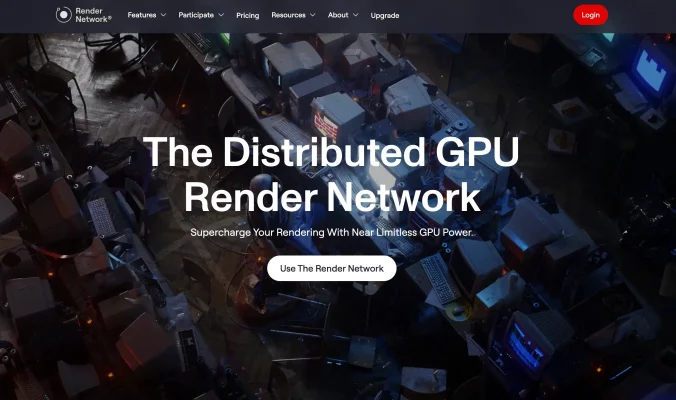
Launched in 2017, Render has quickly become one of the most talked-about DePIN projects in the creative industry.
We like Render because it transforms digital content creation by using idle GPU power to build a decentralized rendering network. Thus, high-quality 3D rendering is more accessible and affordable for artists, developers, and designers.
Render’s ability to turn underutilized computing power into a valuable resource makes it unique. GPU owners can rent out their hardware to those who need extra processing power and earn RNDR tokens in return.
Whether for visual effects, gaming, or AI applications, Render is reshaping cloud computing by making it decentralized, efficient, and cost-effective.
4. Shieldeum
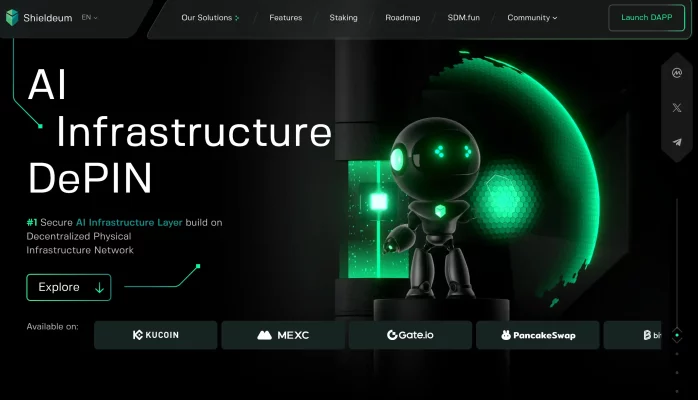
Shieldeum is a project changing the way online security and AI infrastructure work. It runs on a decentralized, encrypted network, helping users stay anonymous while blocking phishing scams, viruses, and malicious smart contracts.
With Shieldeum, people can share computing power, store data securely, and earn SDM tokens in return. These tokens also unlock free access to its private network and better deals on its launchpad.
Shieldeum is making the internet safer and more efficient for everyone by combining secure AI computing, decentralized storage, and strong community support.
5. Theta Network

Launched to transform video streaming, Theta Network is a decentralized platform that improves content delivery while lowering costs.
Instead of relying on expensive data centers, Theta lets users share their extra bandwidth to power a faster, smoother streaming experience. This makes the video platform more efficient, and users are rewarded with TFUEL tokens for contributing.
We love Theta because it solves real problems in the streaming industry. It improves video quality, reduces lag, and cuts streaming costs, all while giving users a way to earn from their unused internet resources. With big-name partnerships and a growing ecosystem, Theta is reshaping digital content delivery into a more decentralized and efficient video streaming ecosystem.
6. Geodnet
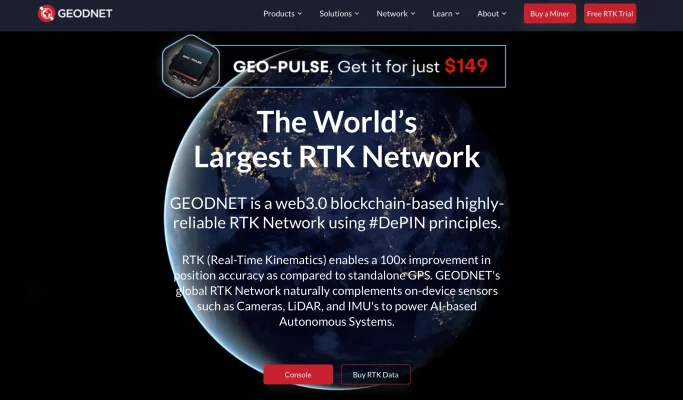
Geodnet is a decentralized network that collects high-precision geospatial data using a global network of ground stations (Real-Time Kinematics network) that outperforms traditional GPS by a factor of 100.
Using RTK satellite miners that can be easily installed on rooftops, users contribute storage space to a global network that powers autonomous systems, drones, and accurate mapping applications.
With over 13,000 miners across 142 countries, it’s quickly becoming a reliable source of RTK data, offering low-power, efficient, and affordable solutions. Plus, GEOD tokens reward miners for participating, making it a great opportunity for users to contribute while earning.
7. Akash Network
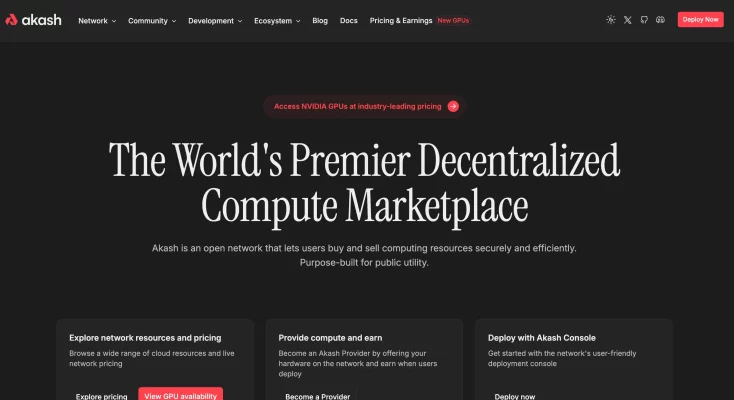
Akash Network offers a decentralized marketplace where people can rent out their unused computing power. This makes cloud services more affordable, flexible, and censorship-resistant than centralized providers like AWS or Google Cloud.
It features Akash ML, which offers decentralized access to machine-learning GPUs. The AKT token is used for network governance, security, incentives, and value exchange.
We value Akash because it gives developers, AI researchers, and businesses an alternative to expensive cloud computing. By letting users buy and sell computing power peer-to-peer, Akash makes cloud services more accessible and cost-effective while keeping everything decentralized.
Why DePIN Projects Are Gaining Popularity in 2025
Demand for Decentralized Storage
DePIN projects offering distributed, secure alternatives have become increasingly relevant as concerns over data security and centralized storage failures grow. These networks improve accessibility and data protection, addressing critical industry needs.
Edge Computing and IoT Integration
With the rapid expansion of IoT devices, decentralized infrastructure that handles data processing closer to the source is essential. This approach offers low-latency solutions with scalable performance.
Evolving Regulatory Landscape
Governments and organizations increasingly recognize the benefits of decentralization, shaping regulations that support these networks. This evolving landscape paves the way for broader adoption.
Key Features to Look for in Top DePIN Projects
- Strong Incentive Mechanisms: Successful DePIN projects have well-designed token economies encouraging user participation.
- Robust Technical Infrastructure: The underlying technology should be secure, scalable, and capable of handling large volumes of data.
- Real-World Partnerships: Collaborations with established companies enhance credibility and adoption.
- Scalable Architecture: Growing and handling increasing demand is critical for long-term success.
These factors are crucial to understanding why certain of the top DePIN projects stand out—something we explore in our in-depth breakdown below.
Investment Insights on DePIN Networks
Projects in this space present unique opportunities but also come with risks:
- Market Trends: Interest in decentralized solutions continues to grow, boosting project relevance.
- Risk Considerations: Regulatory changes and scalability issues could affect growth trajectories.
- Long-Term Viability: Sustainable projects typically have practical applications and strong ecosystem.
FAQ
A DePIN crypto project is a decentralized platform that combines digital and physical resource networks to improve a real-world infrastructure. Its main goals usually include increasing security, scalability, and efficiency.
Coins associated with DePIN (Decentralized Physical Infrastructure Networks) include those used by various DePIN projects to incentivize participation and facilitate network transactions. Examples include PEAQ, Grass, Render Network, Shieldeum, Theta Network, Geodnet, and Akash Network.
In 2024, the total DePIN market cap was $22.8B; as of February 20, 2025, it has grown to $24.69B. DePIN’s total market value is now estimated at $50B, covering 350 tokens. The sector’s price-to-revenue multiple is approximately 100x, highlighting its strong growth potential in 2025.
DePIN Solana refers to DePIN projects built on or utilizing the Solana blockchain. Solana is known for its high throughput and low transaction costs, making it an attractive platform for decentralized applications and networks.
Conclusion
DePIN projects are shaping the next wave of blockchain innovation. By enhancing security, reducing operational costs, and broadening accessibility, these networks can potentially revolutionize numerous industries. As more stakeholders acknowledge their potential, leading projects will play crucial roles in the digital economy.
Stay informed and follow the latest updates in the DePIN space. Always conduct thorough research and consult trusted sources before making any decisions.
